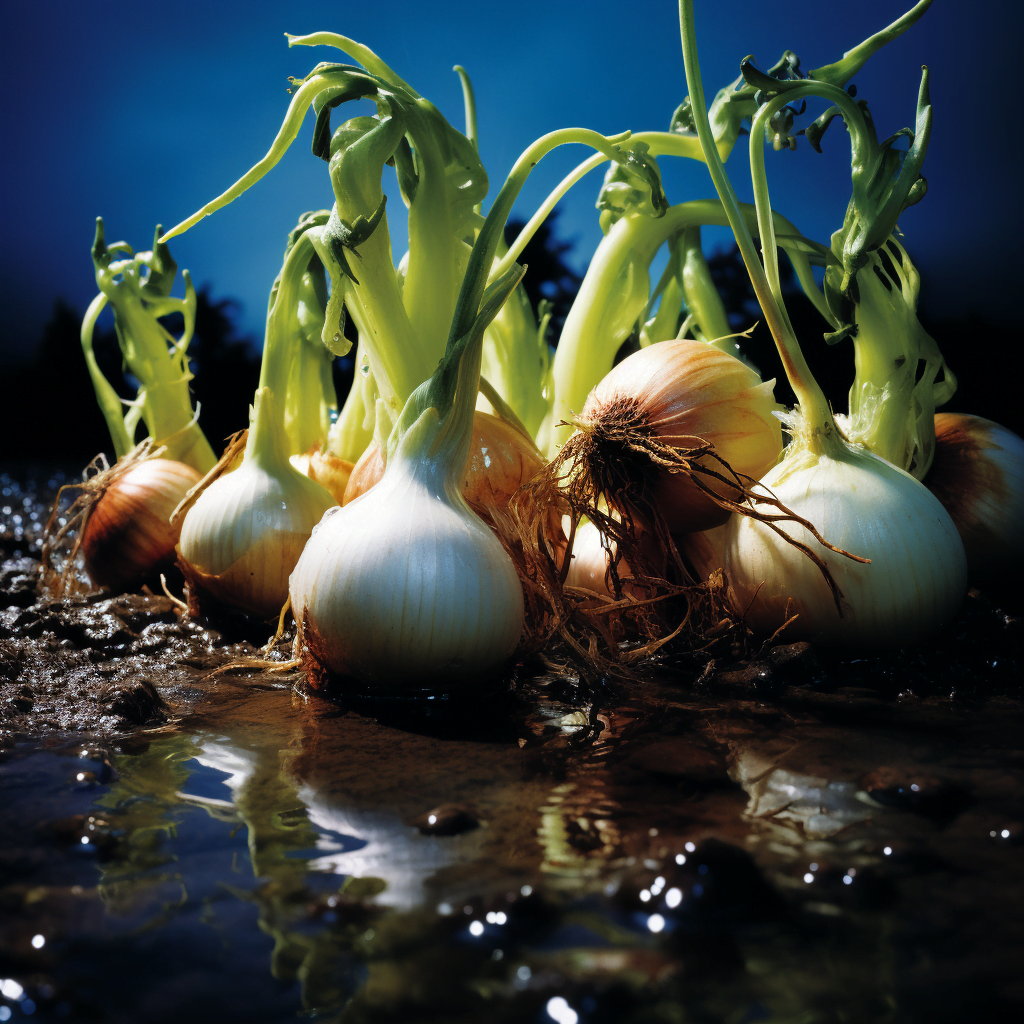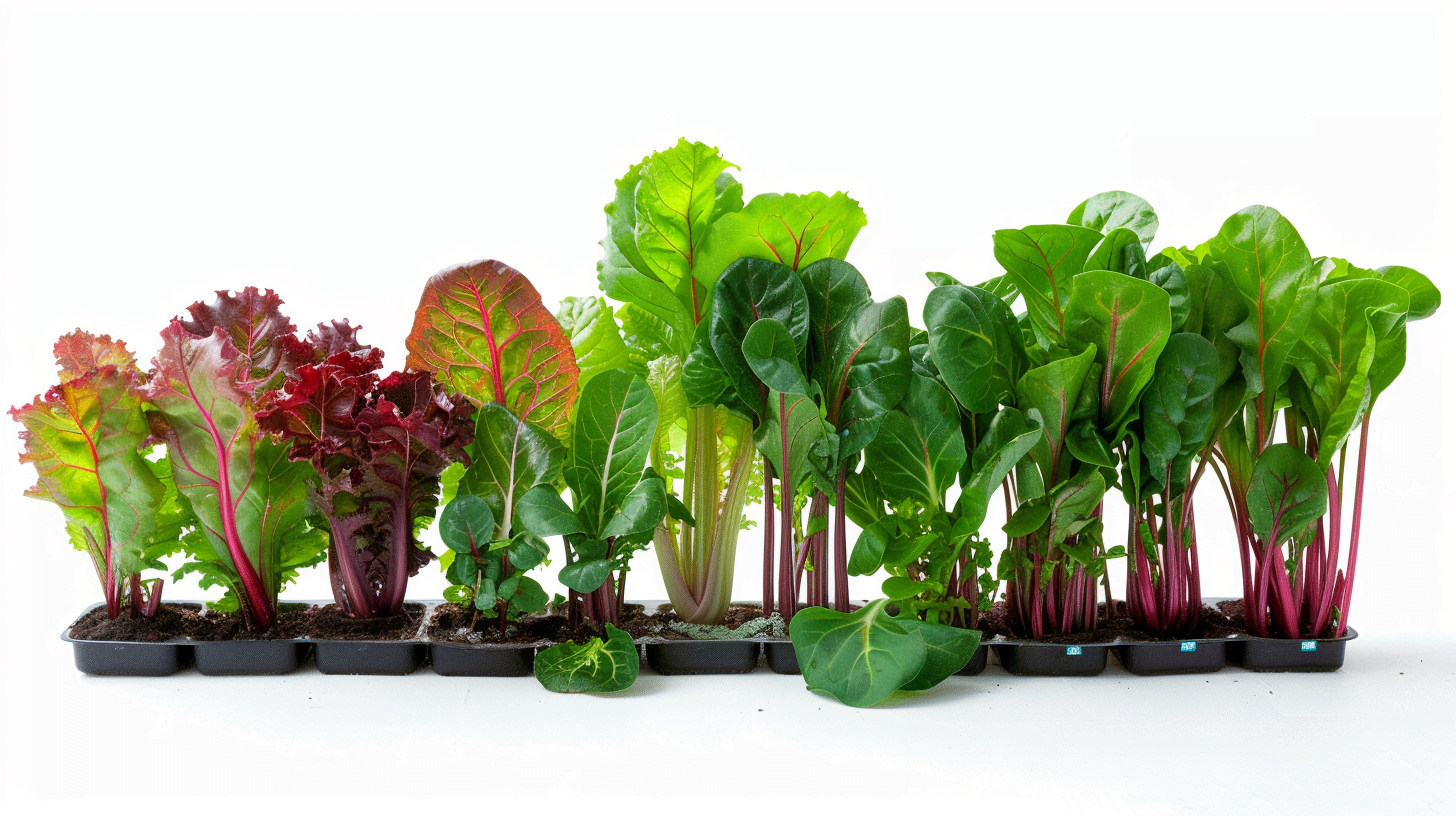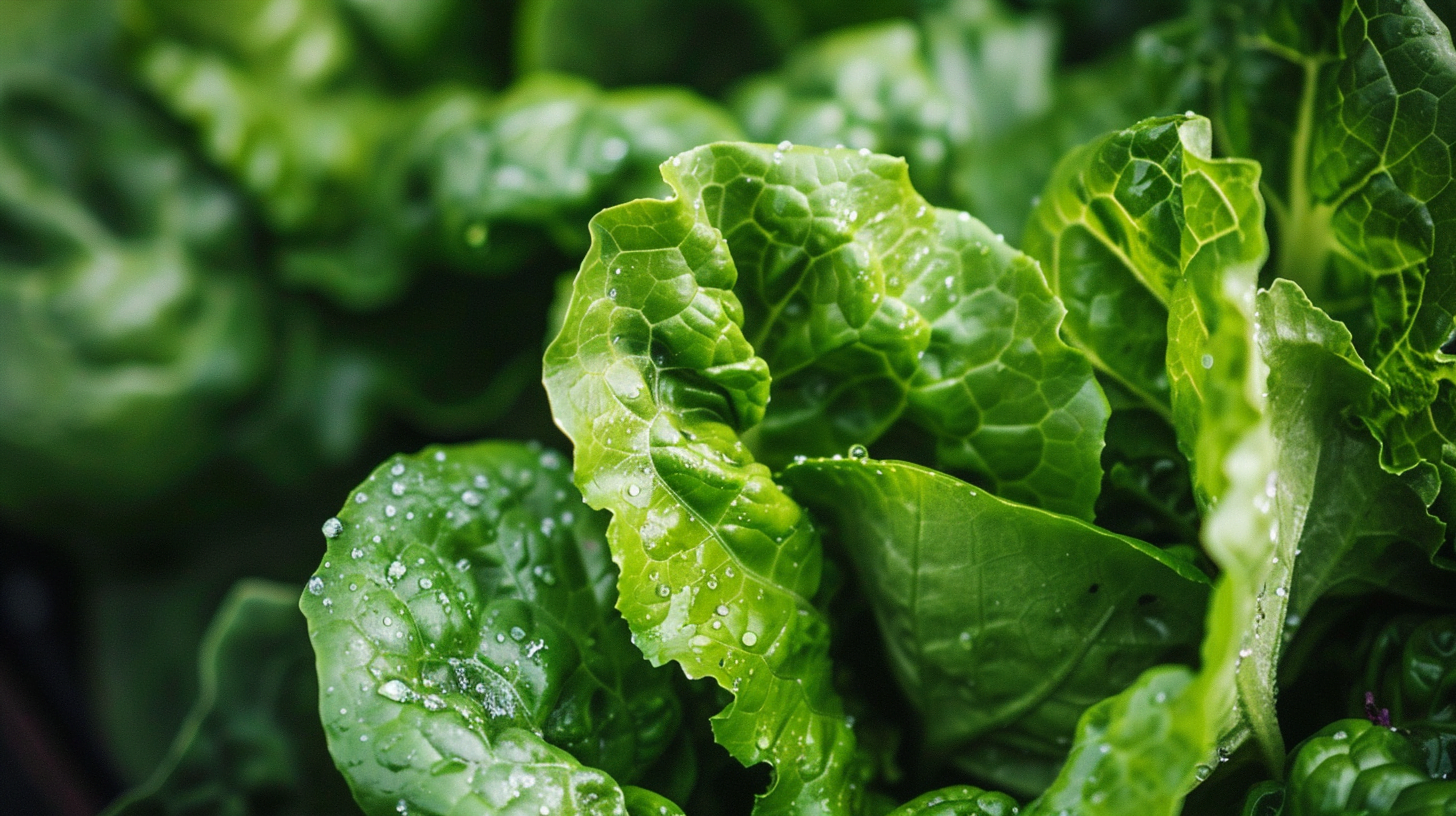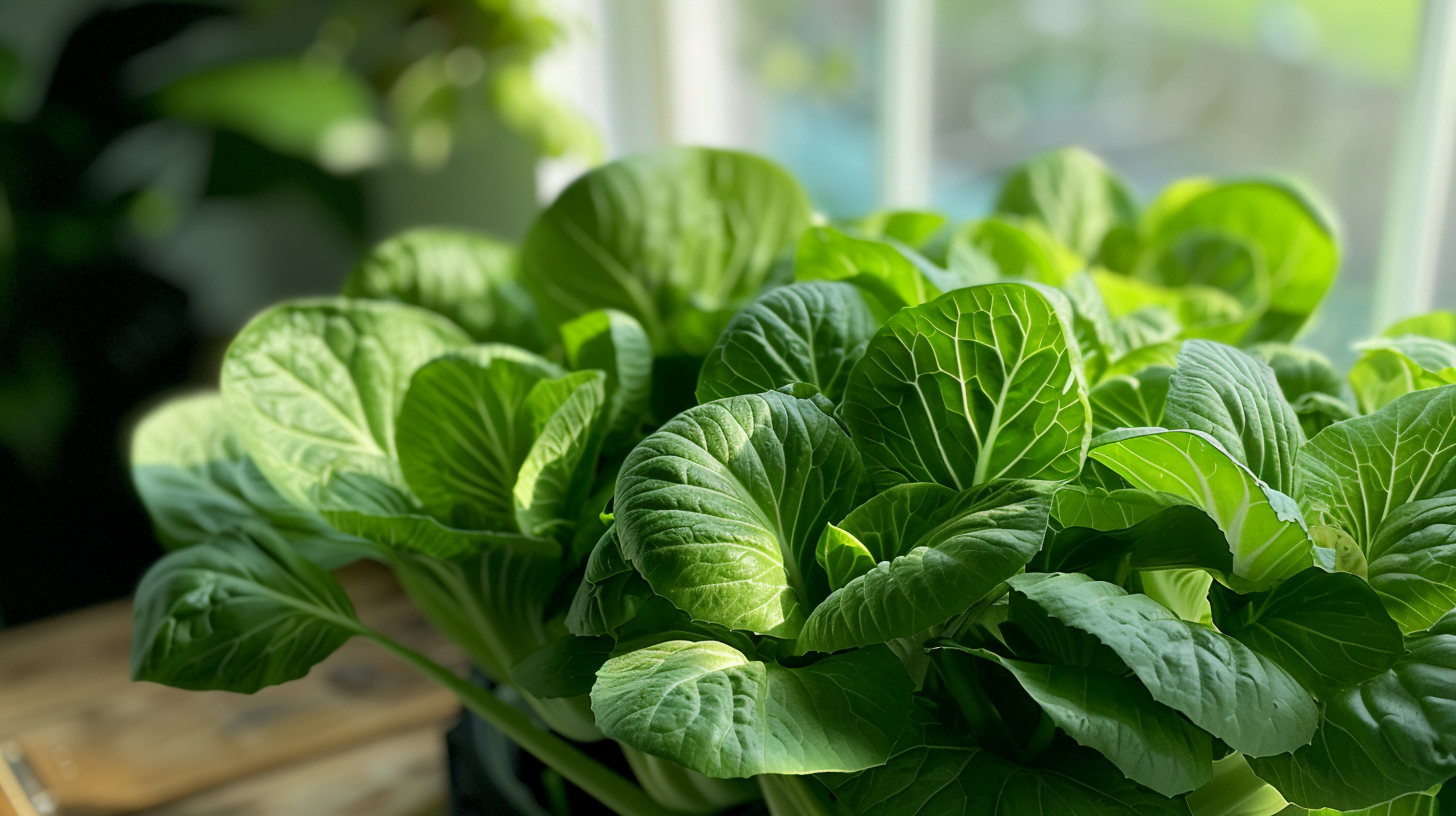Introduction to Hydroponic Gardening
Hydroponics refers to the technique of growing plants without soil, using mineral nutrient solutions in water. The roots of hydroponically grown plants are either suspended in or continuously bathed by the nutrient-rich water. This agricultural method provides a number of advantages compared to conventional gardening in soil, including higher crop yields, faster plant growth, the ability to conserve water and space, and reduced risks from soil-borne diseases, pests, and weeds.
While hydroponics requires more initial setup compared to in-ground gardening, it gives growers greater control over the plant’s environment and enables cultivation in unlikely places. With the right equipment and conditions, hydroponic systems can be successfully utilized indoors as well as outdoors to grow a wide variety of fruits, vegetables, herbs, and ornamental plants. But Can I Grow Onions Hydroponically?
For crops like onions that are traditionally grown in fields or raised beds, hydroponics offers a viable alternative production method. When properly executed, hydroponic onion farming can lead to bountiful, nutritious bulbs while avoiding many of the pitfalls of conventional onion cultivation. This beginner’s guide provides an in-depth look at the fundamentals and best practices of setting up a hydroponic system for onions.
Why Consider Growing Onions Hydroponically?
There are several compelling reasons why both experienced and novice growers may want to choose a hydroponic setup over traditional gardening methods when cultivating onions:
Higher Yields in Less Space
One of the biggest advantages of hydroponic onion production is the ability to grow more bulbs in a smaller footprint. Since plants don’t have to push roots through dense soil, they can be spaced much closer together in a hydroponic system. The lack of weeds competing for light and nutrients also leads to better bulb development. For many growers, the yield per square foot of hydroponic onions can be up to 25% higher compared to conventional methods.
Faster Growth Rates
Onions grown hydroponically tend to mature faster than those grown in-ground. With direct access to water and nutrients, plants don’t have to work as hard to uptake the elements they need from the soil. Growers can expect to harvest green onions for bunching 5-7 days sooner and full-sized bulbs up to 2 weeks sooner with hydroponics. This allows for multiple crop cycles per season.
Avoidance of Soil-Borne Diseases
One of the most troublesome issues for onion growers is diseases that overwinter in garden soil such as pink root, fusarium basal rot, or sclerotinia. These fungal diseases can lead to poor germination, wilting plants, and rotten bulbs. They are very difficult to control in the soil environment. However, by switching to a soilless hydroponic environment, the risk of losing plants to these stubborn soil-borne pathogens is greatly reduced.
More Control Over Nutrient Delivery
In hydroponic systems, essential nutrients like nitrogen, phosphorus, potassium, and calcium are delivered directly to plant roots in soluble form within the irrigation water. Growers can carefully monitor, measure, and adjust the exact mineral levels that onions receive. This level of precision is difficult to achieve when relying on natural release of nutrients from amendaments added to soil. With hydroponics, there’s no need to guess about nutrient deficiencies.
Year-Round Cultivation Potential
While onions are traditionally a cool weather crop, hydroponic methods allow for year-round production since climate conditions can be controlled indoors. With the right lighting, temperature control, and equipment, onions can be grown in all seasons. This allows for a continuous harvest, even in cold winter months when no gardening could occur outdoors.
Selecting the Best Onion Varieties for Hydroponics
While most standard onion varieties will thrive hydroponically, some types are better suited for this style of growing. When selecting onion seed or sets, keep these factors in mind:
- Open-pollinated varieties – Heirloom and open-pollinated varieties have better seed-saving potential compared to hybrids. Evergreen Hardy White, Red Wethersfield, and Yellow Sweet Spanish are good options.
- Disease resistance – Look for varieties bred to resist fungal diseases like pink root, downy mildew, and botrytis/neck rot. This prevents losing bulbs to infection.
- Nutrient demands – Some onions are lighter feeders while others require more nitrogen and other nutrients. Pick a variety suited to your system.
- Yield potential – Maximize your harvests by selecting vigorous, high-yielding varieties capable of producing jumbo sized bulbs.
- Flavor – Consider mild/sweet varieties like Walla Walla or pungent types like Red Wing for the desired onion flavor.
- Days to maturity – Short/mid/long season varieties allow harvesting onions when needed. Pick quick maturing types for faster harvests.
Here are some excellent onion varieties to grow hydroponically:
- Yellow Sweet Spanish – Mild, sweet bulbs grow up to 6 inches wide. Excellent keeper.
- Candy – Hybrid with round, firm bulbs. Tops die back uniformly for easier harvesting.
- Red Wethersfield – Heirloom renowned for flavor. Flattened 5″ bulbs store up to 6 months.
- Walla Walla – Sweet Spanish type prized for juicy, mild bulbs.
- Ailsa Craig – Prolific, large, mild bulbs with good pink root resistance.
- Purplette – Smaller purple-tinged bulbs with unique flavor.
Constructing a Hydroponic System for Onions
Hydroponic systems come in different setups, but all work by bathing plant roots in an oxygenated, nutrient-rich solution while anchoring the plants in an inert growing medium. Onions can be grown successfully in various hydroponic systems – the options include:
Deep Water Culture (DWC)
Also known as the reservoir method, DWC systems involve suspending plants in containers/net pots above a reservoir of oxygenated water containing the hydroponic nutrients. Roots dangle down into the solution. Air pumps oxygenate the water to prevent root rot. The reservoir size can be adjusted to the scale of the operation.
Pros – Simple design, easy to build and operate. Allows for precise pH/EC monitoring and control.
Cons – Requires more vertical space. More involved to monitor and change reservoir water.
Nutrient Film Technique (NFT)
In NFT systems, plants are placed in narrow, sloped channels. A thin stream of nutrient solution pumped from a reservoir continuously flows through the channels, wetting roots before draining away. Aeration occurs as the solution flows and splashes over the roots.
Pros – Highly efficient and versatile. Easier to monitor pH/EC compared to DWC.
Cons – Channels can be prone to clogging. Needs steady water flow to function.
Floating Raft
Plants are placed into holes in floating foam rafts that sit in tanks filled with circulating nutrient solution. Air pumps oxygenate the water. Roots dangle freely underneath the rafts and into the solution. Easy to DIY using plastic tubs and rafts cut from foam boards.
Pros – Very simple design. Easy access to plants for pruning and harvesting.
Cons – Rafts take up tank space even when plants are small.
Aggregate Hydroponic Systems
Plants are placed in containers of inert growing media like perlite, gravel, clay pellets, or rockwool blocks. Nutrient solution is continuously supplied to the aggregate from a reservoir to maintain moisture. Excellent for DIY setups and small-scale growing.
Pros – Highly versatile and customizable. Allows for easy transplanting.
Cons – Aggregate media can be costly. Needs more monitoring of moisture levels.
When constructing your hydroponic system, use only food-grade, inert materials that won’t interact with the nutrients. Plastic containers, PVC pipes, expanded clay pellets, and polystyrene boards are common build materials. You’ll also need an air pump, tubing, growing containers, and a reservoir for mixing your hydroponic nutrient solutions.
Preparing Onion Seedlings
Starting from Seed
When growing from seed, onion seeds are planted 1⁄4 inch deep in starter plugs, germination cubes, or seedling trays filled with inert mediums like vermiculite, perlite, or coco coir. Keep newly seeded trays warm (65-75°F) until sprouts emerge, then move them to full lighting. Once seedlings are 4-6 inches tall with roots extending from the bottom of plugs, they can be transplanted into the final hydroponic system.
Using Onion Sets
For a faster start, onion sets can be used instead of seeds. Onion sets are miniature onion bulbs that were grown the season prior. Simply set the onion sets 1-2 inches apart in net cups, grow blocks, or directly into your hydroponic channels/containers filled with the chosen growing medium. Plant sets deep enough so only the top 1⁄3 of the bulb is visible. Given their head start, onion sets grow into full-sized bulbs 4-6 weeks faster than seedlings.
When planting either seeds or sets, take care not to damage the tender roots when transferring them into the hydroponic system. Gently place them into the growing medium and avoid compressing it around the roots or stem. Keep newly planted onions well-watered under grow lights until they become established.
Creating the Hydroponic Nutrient Solution
Unlike soil, hydroponic systems lack inherent nutrients. Instead, soluble mineral nutrients have to be dissolved into the irrigation water at the right strengths to create a complete plant food solution. This hydroponic nutrient solution provides all of the nitrogen, phosphorus, potassium, calcium, magnesium, sulfur, iron and other essential elements onions need to grow.
Water Quality
Always start with good quality water for mixing hydroponic nutrients. Well water or municipal water are common sources. Chlorine or chloramines from tap water should be removed by filtration or by letting water sit out overnight before making solutions. Ensure any water you use has a pH near neutral.
EC and pH
The nutrient strength of the solution is measured using an EC (electrical conductivity) meter, a must-have tool for hydroponics. Aim for an EC of 1.6-2.0 for onions. The pH indicates whether the solution is acidic or alkaline. Onions prefer a pH between 5.5-6.5 – outside of this range, plants cannot properly take up nutrients. Use a pH meter to monitor levels.
Complete Nutrient Formulas
High quality commercial hydroponic nutrient blends take the guesswork out of formulating a complete solution. Look for 2-part or 3-part formulas made for vegetables. Follow manufacturer mixing instructions and regularly test EC/pH levels.
DIY Nutrient Solutions
It’s also possible to create your own custom hydroponic nutrient mixes. Here is one simple homemade onion nutrient formula:
- Calcium nitrate – 1450 ppm
- Potassium nitrate – 2700 ppm
- Magnesium sulfate – 1000 ppm
- Monopotassium phosphate – 275 ppm
Mix these mineral salts into water until you achieve a target onion EC of 1.6-2.0. Adjust pH to 5.5-6.5. For the best results, use purified water and high purity nutrient salts.
Maintaining the Reservoir
Change out the hydroponic solution in your system’s reservoir every 1-2 weeks to replenish nutrients and prevent salt buildups. Check EC and pH levels before each recharge. Keep the reservoir consistently and evenly oxygenated using air pumps and stones. This prevents harmful root rot from developing. Keep reservoir water cool (60-70°F).
Caring for Onions in a Hydroponic System
Maintaining optimal conditions and employing best practices for care is key to getting the highest yields from a hydroponic onion system:
Lighting
Onions require 14-16 hours of bright light daily. Use full spectrum grow lights and maintain a light intensity of 5000-7000 lux at plant level. Keep lights 6-12 inches above the tops of plants. Supplement with natural sunlight if available. As onions grow, raise lights or strengthen wattage to prevent light burning.
Climate Control
Ideal growing temperature for onions is 65-75°F during the day and 55-65°F at night. Elevated humidity (60-70% RH) benefits seedlings but should be reduced once bulbs start swelling. Ensure indoor hydroponic farms have sufficient ventilation and fans for air circulation.
Oxygenation
Maintain high levels of dissolved oxygen in your nutrient reservoir at all times using air pumps and stones placed at regular intervals. Good water oxygenation prevents root rot and keeps onions growing at optimal rates. Change reservoir solution if it becomes foamy or appears murky.
Nutrient Monitoring
Test and record EC and pH levels 1-2 times per week. Tweak mineral concentrations to get the nutrient balance onions need. Watch for signs of nutrient deficiencies like yellowing leaves or stunted plants. Rapid growth dilutes nutrients over time so maintain ideal EC levels.
Pruning
Pruning onion leaves allows better light exposure and air circulation. Remove dead or dying foliage and trim lower leaves that overcrowd each other. Don’t over prune. Only prune once tops naturally start falling over, about 2 weeks before harvesting bulbs.
Pest Management
Check under leaves routinely for signs of pests like thrips, spider mites, or root aphids. Treat with organic sprays like insecticidal soap, neem oil, or pyrethrins. Prevent ant infestations by keeping hydroponic reservoir areas clean. Beneficial insects can help control problematic pests.
Harvesting Hydroponically Grown Onions
Onions reach maturity once bulb diameters measure 2-4 inches across. Tops naturally start falling over once bulbs finish swelling. Avoid harvesting prematurely as this leads to smaller yields and poorer flavor.
About 1-2 weeks before harvest, stop nitrogen fertilization. This causes the necks to soften and tops to collapse fully. Then, loosen onions from the growing medium and pull up the entire plant. Leave roots attached initially.
Place freshly picked onions in a dry, shaded area with good air circulation for 1-2 weeks of curing. Curing helps seal the outer skins and extends storage life. Once cured, trim roots and tops back to 1⁄2 inch. Store cured bulbs long term in a cool, dry place around 40°F.
Maximizing the Benefits of Hydroponic Onion Growing
To recap, key advantages of hydroponic onion production include:
- 25% or higher yields per square foot of space compared to soil
- Faster maturation by 2-6 weeks depending on variety
- Great reduction in soil-borne disease risks
- Precise control over nutrient delivery and growing conditions
- Year-round cultivation and seasonal independence
- Higher profits and quicker returns on investment
When executed properly using the best practices detailed above, hydroponically grown onions are just as flavorful, nutritious and usable in recipes as traditionally grown varieties. They can be diced, sliced, grilled, or pickled just like soil-raised onions. With some planning and elbow grease to construct the system, both novice and seasoned growers can harness the full potential of hydroponic techniques to produce bountiful onions even in urban settings or cold climates not suitable for outdoor cultivation. Give hydroponic onion gardening a try and prepare for your best harvests yet!
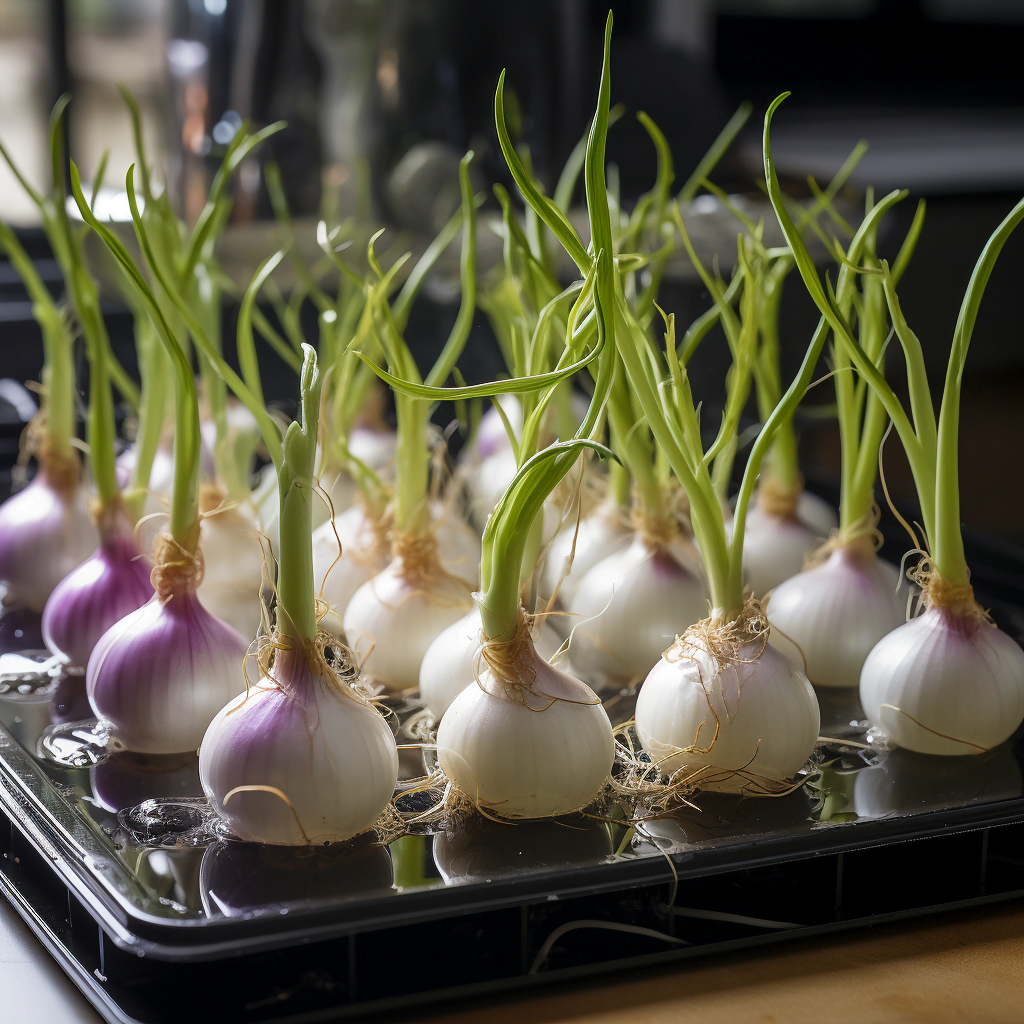
Hydroponic Onions Are Within Reach for Any Grower
For both experienced green thumbs and newcomers alike, growing onions hydroponically can seem daunting at first glance. However, as this beginner’s guide has shown, setting up and managing a productive hydroponic onion system is very achievable if taken step-by-step.
With an understanding of the fundamentals, some research into the best equipment and varieties, and a commitment to consistent monitoring and care, hydroponic onion farming can become a rewarding endeavor. The benefits of higher yields, faster growth, disease prevention, and year-round cultivation possibilities make it a compelling alternative to conventional onion production.
Starting out small with just a few seedlings or sets is recommended to get a feel for the process. Be prepared to tweak and optimize your system as you observe the needs of your plants. No hydroponic gardener gets everything perfect on the first try. Learn as you grow!
Now that you know how to select onion varieties, build the system, mix nutrients, start seeds/sets, maintain ideal conditions, and harvest the bounty, the only thing left is to get growing! Dive into hydroponic onion gardening and see the benefits for yourself. Just take it one step at a time. Before you know it, you’ll have armloads of gorgeous, hydroponically-grown onions ready for enjoyment.
